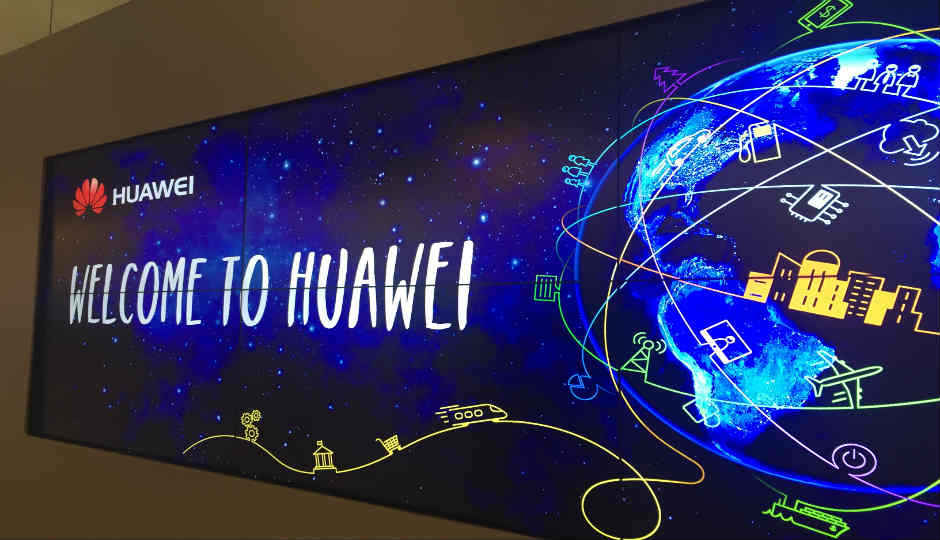Huawei to deliver a unified language for IoT devices starting 2016

Huawei is expanding its footprint in the Internet of Things ecosystem with a new unified language called Hi-Link, through which, devices will communicate with each other on a single platform.
The hub for technology and innovation, China is a country that's always 10 steps ahead of the rest of the world and Huawei, the world's largest telecommunications equipment and services company is now aiming to strengthen its country's global digital stronghold with its all new internet of things portfolio. We've all heard about machines talking to machines, intelligent automated systems, a process that puts man out of the equation. This is called the Internet of Things or IoT. One of the major challenges that the IoT ecosystem faces today is the fact that we have too many IoT enabled products out there, but all these products are controlled by separate applications. The vertical approach to IoT expansion has posed a problem of unification, one that is extremely important to fulfill our utopian fantasies.
Imagine a scenario where you are sitting comfortably on your couch and at the press of a single button or through a single application, you close the blinds, switch on your 4K TV, get your home theater system running and have a robot deliver you some popcorn. Sounds great right? The only problem that hinders us from realising this reverie is the lack of a unified language. Yes, you can do all these things individually, but not from a sigle source.
"I never used a handset to control gadgets, I would have to take out my phone and turn on an app for each one of them. People in the industry have seen the same problem," explains George Zhao, President Honor. The statement comes in light of Huawei's announcement of Hi-Link, a protocol which Huawei plans to use to create a unified standard between various IoT devices. Huawei calls it "The unified language for all gadgets." Hi-Link will enable multiple IoT devices to talk to each other and will give users the ability to control this multitude of devices with a single application. Passwords can be synced amongst devices so users don't have to keep track of numerous passwords. Hi-Link will also come with a 5-layered protection system with protection on cloud, chipset, device etc. Huawei plans to market Hi-Link as an open ecosystem and has plans to provide an open SDK so that individuals and other companies can build over it, a move that sees the company trying to set a new standard in the IoT ecosystem. 'Hi-Link inside' will be the term used for devices which will support the protocol and the company says that Hi-Link will be able to auto-switch WiFi networks, removing the manual process completely.
Launch of Huawei's Lite OS & Hi-Link in Shenzhen, China
Huawei also announced Lite OS, an operating system for IoT devices. It has partnered with home appliances maker Haier and competitor Broadlink to create a framework of devices that will use Lite OS and Hi-Link. Although the OS was announced back in May, on the second anniversary of Honor, Huawei reiterated the importance of the system for the IoT ecosystem. Huawei says that the OS is an extremely light software that can power devices ranging from home appliances to wearables and even cars. LiteOS will support auto-networking and auto-discovery. "We are not going no to produce air purifiers, we will produce chipsets, OS, routers, handsets, cloud based products and offer developing tools for the IoT industry," said Zhao in an attempt to explain that the company does not want to focus on manufacturing IoT enabled devices, instead it wants to provide tools for other OEMs to create a unified ecosystem. This also means that other companies may join this race to create their own ecosystems for different devices, hence unification is something that might be a lost idea.
Even if Huawei said that it does not want to focus on devices when it comes to the internet of things, it launched 2 Hi-Link enabled devices called the Honor Router Pro and Honor Network Range Extender. Although these devices come with Hi-Link inside, both Hi-Link and Lite OS will only see a market launch in April 2016.
Standardising IoT is not a novel idea. There are many individual set of communities using individual IoT standards in isolation and they are functioning quite efficiently. What remains to be seen is how device OEMs integrate these systems in their IoT devices.





